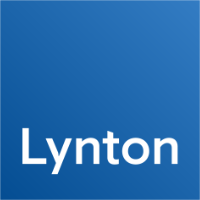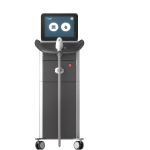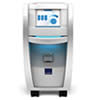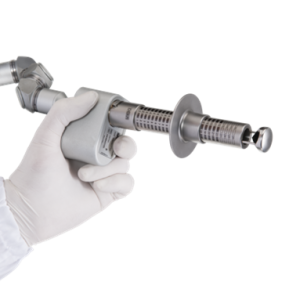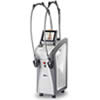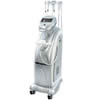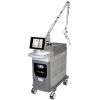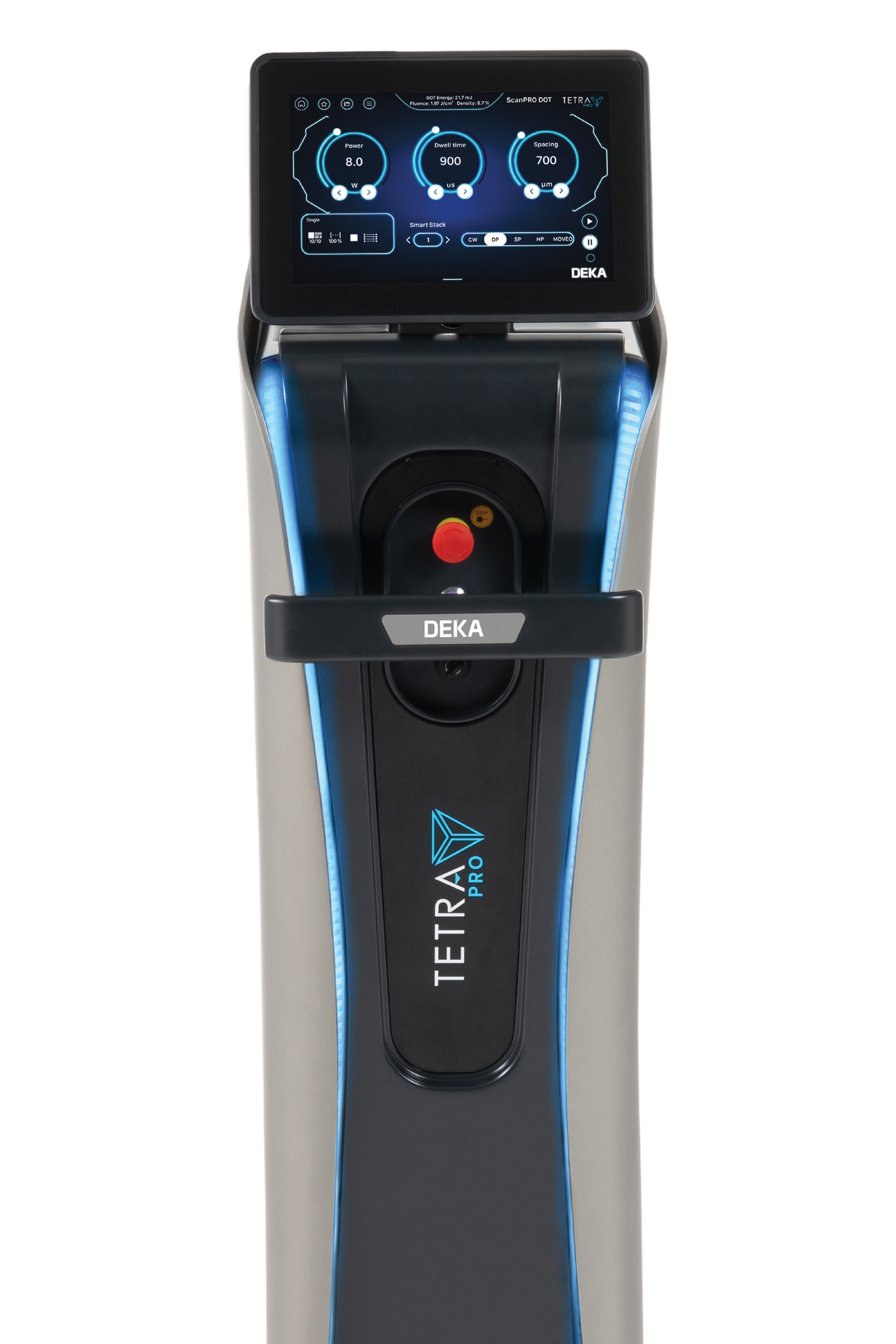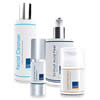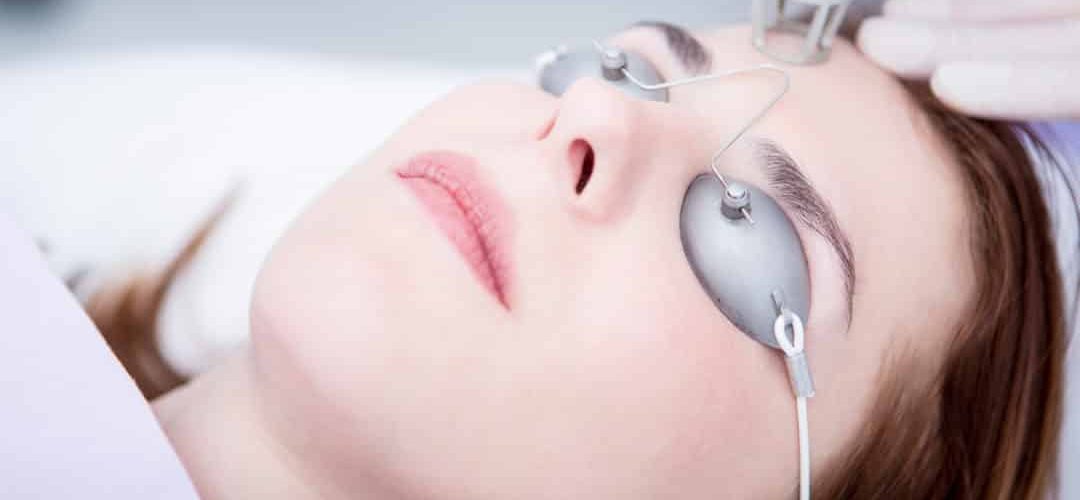
Featured on Realself.com, written by Jolene Edgar.
The reboot of a classic can often feel like a last gasp – one final attempt to get with the times (we see you, Abercrombie & Fitch). So recently, when we learned of a carbon dioxide (CO2) laser aiming to woo millennials with promises of born-again skin and minimal downtime, we felt compelled to do a proverbial pulse check on the veteran resurfacing technology.
What is a CO2 laser?
If you’re even a little familiar with lasers, you likely know that the CO2 is hardly a “lunchtime procedure.” A true-to-form CO2 laser emits a powerful, ablative beam of infrared light that targets water molecules in the skin, vaporizing the tissue to spark healing and collagen renewal.
“Very few lasers have stood the test of time like the CO2—it can tighten tissue and improve damaged skin, addressing wrinkles, sun spots and scars,” says Dr. Sameer Bashey, a dermatologist in New York City and Los Angeles. But all that goodness comes at a cost: A typical CO2 laser before and after process “is one where someone looks swollen, bloody and scabby for a week or two and then their skin is pink for about a month,” says Dr. Robert Anolik, a dermatologist in New York City.
Beyond the SATC associations, the CO2 laser is plagued by its somewhat checkered past. While the device was invented in 1964, it wasn’t widely used in aesthetic medicine until the ’80s—and even then, doctors leaned on it mainly for isolated lesions and scars, frequently criticizing its hard-to-control heat and unpredictable outcomes. By the mid-’90s, technological advancements bolstered the CO2’s reliability, making it a go-to resurfacing tool in dermatologists’ and plastic surgeons’ offices—but serious side effects, such as pigmentary changes and scarring, were still all too common. Around this same time, the erbium: YAG (Er:YAG) laser entered aesthetics, offering a less aggressive alternative.
“The erbium’s energy is more strongly and rapidly absorbed by water in the skin, so it doesn’t have a chance to go as deep,” says Dr. Anolik.
Old-school CO2 and erbium devices are fully ablative—completely removing the skin’s surface—and they’re still on the market today. But “the risks of depigmentation and scarring [associated with them] are unacceptably high,” notes Dr. Anolik, who still sees such consequences—shiny alabaster rims around mouths, blanched faces against mismatched necks—on patients who had CO2 resurfacing done in the ’80s and ’90s. Most aesthetic doctors have since replaced the hardest of hardcore CO2′s with newer, fractional models—which burn in a pixelated pattern, creating pinpoint wounds surrounded by untouched skin—to dramatically curtail the risks of old. “By not knocking out all of the pigment-producing cells or all of the stem cells [in the treated area], [fractional CO2 lasers] allow for more rapid healing and maintain the skin’s coloration.” Dr. Anolik explains.
While fractional delivery has made ablative treatments much safer, “they’re still off-limits for ethnic skin, in my opinion,” says Dr. Sarmela Sunder, a facial plastic surgeon in Beverly Hills, California, noting that hyperpigmentation, or skin darkening, is a potential risk with deeper complexions.
What’s behind the CO2 laser comeback, and who’s getting the treatment?
It was, in fact, the advent of fractional technology, back in 2004, that ushered in the modern age of such low-downtime devices as the non-ablative (or surface-sparing) Fraxel and Clear + Brilliant, relegating the heavy hitters to relative obscurity—for a time, anyway. Today, experts say, there’s a definite role for both, especially as aging Gen-Xers—many of whom grew up on “baby” lasers—are aiming to take their resurfacing game to the next level.
“The pendulum swung one way, and now it’s starting to swing back because people are getting frustrated with less invasive procedures that don’t give much of an improvement and yet are still pretty expensive,” says Dr. Sunder.
Dermatologist Dr. Sejal Shah is noticing a similar trend in her New York City practice: “We’re seeing people in their 40s and 50s who’ve been getting light laser treatments for 10 or 15 years and now want something more intense.” (To quantify the difference, Dr. Shah typically tells patients that a single fractional ablative CO2 laser is equivalent to four rounds of non-ablative Fraxel.) Dr. Anolik can also confirm the CO2 resurgence: “Instead of using it only a few times a year, I’m now reaching for it a few times a month,” he says, mainly to treat light-skinned patients with more significant signs of aging. “We’re taking advantage of the CO2’s ability to create a far stronger collagen change to treat deep lines and creases, acne scarring and even some laxity.”
But fear not: glow-boosting, no-downtime devices aren’t going anywhere. “They’re still popular and always will be, because more and more young people are coming in for cosmetic treatments for maintenance and skin brightening,” explains Dr. Shah.
Not just for olds: ablative lasers are more versatile than you might think
But what of the aforementioned attempt to spin the CO2 as NBD? Can a laser be ablative and gentle at once? Yep, at least, according to the engineers of the CoolPeel—the “more inclusive” fractional CO2 laser currently disrupting the laser landscape. (The CoolPeel is just one treatment program on a larger and more aggressive CO2 platform.)
Dr. Shah describes it as “a very superficial ablation, at lighter energies—like a souped-up version of the Clear + Brilliant [a baby fractional device].”
It’s ideal for those battling dullness, mottling, and fine lines. Since the CoolPeel’s heat doesn’t go as deep as a traditional CO2, it’s not effective for pronounced wrinkles, significant dark spots or acne scars, she adds; but on the upside, the downtime is next to nothing—figure two days of redness, followed by a few days of sandpapery skin.
Another early adopter of the CoolPeel, New York City dermatologist Dr. Paul Jarrod Frank, recently shared with RealSelf his affection for the treatment: “It achieves what CO2 was meant to do, which is tightening fine lines, [fixing] overall sun damage [and improving] skin tone—and it does it while minimizing heat trauma.” He recommends a series of three for best results.
Other doctors fail to see the appeal, arguing that this cursory refresh is really nothing new. “Anyone who knows what they’re doing can make a baby ablative laser out of any CO2 by tweaking the settings—dermatologists have been doing this for years,” says Dr. Bashey. “I can tune it to give you one day of downtime or up to two weeks of downtime.” That’s not so much a knock against the CoolPeel, mind you, as it is a reminder that the person wielding the laser matters much more than the laser itself.
While Dr. Frank agrees that all CO2s can be adjusted to superficial effect, he argues that the CoolPeel isn’t merely a muted modification of the OG treatment: “What’s unique to CoolPeel is the pulse duration and delivery wave of the pulses. This maximizes ablation and minimizes heat distribution—[which is what] ultimately prolongs downtime and risk.” The entire system is “customized and optimized for easy use and predictability, with low, medium and high settings.”
The variable settings on all these machines make them surprisingly versatile, allowing them to be titrated “to suit the level of damage on the skin, the age of the patient, and the desired downtime,” explains Dr. Bashey. His CO2 laser of choice can perform anything from a mild exfoliation to an absolute ablation; but in most cases, he dials it back to 60–80% ablation when addressing sun damage (scars call for different settings). “It all depends what I’m seeing,” he adds. “If I have a white girl from SoCal who’s tanned all her life and is now 32, she may need more aggressive settings than a fair 50-year-old who grew up in foggy London.” Practicing in the Golden State, Dr. Bashey sees his fair share of premature aging: 30% of his CO2 resurfacing patients are under 40.
What can ablative lasers do better than other devices?
Aside from being gold-standard solutions for sun damage and scars, ablative resurfacing lasers can “destroy most, if not all, pre-cancerous cells in the skin,” says Dr. Bashey.
What’s more, plastic surgeons have been using them routinely in operating rooms for decades, to put finishing touches on facelifts – which, despite being the ultimate fix for laxity, can’t touch surface irregularities like brown spots and wrinkles.
“The level of improvement in fine lines around the eyes and mouth, especially, is most impressive,” says Dr. Sunder. So much so, she adds, that ablative lasers “can even be a great alternative to lower blepharoplasty [eyelid surgery] in situations where you don’t want to remove skin for whatever reason.” Both the CO2 and the erbium can significantly tighten and smooth the eye area, to near-surgical effect.
Dr. Anolik’s fractional erbium has become his go-to for PRP (platelet-rich plasma) treatments of late, because not only does it create profound channels in the skin through which the growth factor–fueled plasma can permeate the skin’s deeper layers for maximum results, but “it definitively helps to build collagen and improve skin quality on its own,” he says, adding that he’s less convinced of the long-term benefits of microneedling, PRP’s more popular partner.
Are fractional ablative CO2 lasers painful?
Unlike fully ablative CO2 procedures, which require general anesthesia, fractional versions are generally done with patients awake. Doctors will offer a nerve block, numbing cream, cold air and oral sedatives to make the treatment tolerable.
Even so, says Dr. Bashey, “it’s not a pain-free procedure—most patients feel a stinging sensation as the beam hits their skin,” especially with stronger treatments. (With a shallower reach, erbium lasers tend to be more comfortable and involve a bit less downtime.)
Physicians usually send freshly resurfaced folks home with an aftercare kit—gentle cleanser, bland moisturizing balm, vitamin C (shown to enhance post-laser rehab), mineral sunscreen—to minimize irritation during the stretch when skin is super sensitive. Some doctors also recommend vinegar rinses, to stave off yeast and fungal infections while skin is on the mend.
The bottom line:
With all skin-resurfacing lasers—shiny-new and tried-and-true, mellow and more caustic—expectation management is key. Potent treatments will garner more remarkable results by unequivocally “changing the physiology of the skin,” Dr. Bashey says.
But it’s not an invisible process, so prepare yourself for a week-plus of raw, ruddy recovery and strict sun avoidance. Or, instead, ease in with a light laser until you’re ready to submit to a higher power. Rest assured, when that day comes, the CO2 will still be going strong.
SmartXide CO2 Laser Machine
Learn more about our SmartXide Punto CO2 Laser Machine and CoolPeel treatment here, or get in touch to speak to a specialist who can give you more information.
